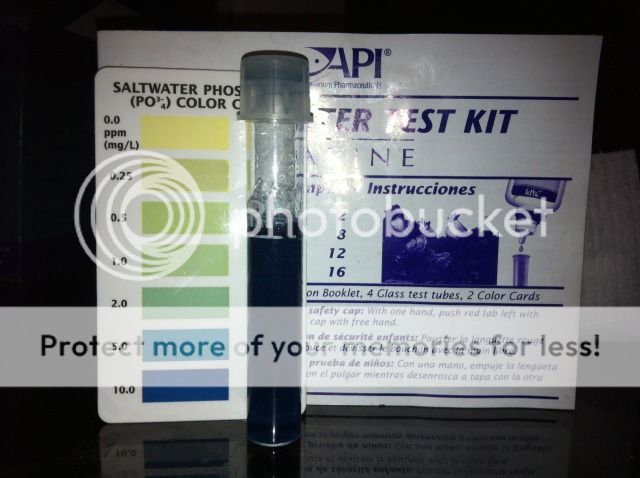In what volume of water did you thaw the food?
You may find this article interesting.
Aquarium Chemistry: Phosphate And Math: Yes You Need To Understand Both — Advanced Aquarist | Aquarist Magazine and Blog
A typical test you see is someone taking a cube of fish food, thawing it, and putting it into a half cup of water. They then test that water for phosphate and find it "off the charts". Let's assume that means 1 ppm phosphate, which would give a very dark blue color in many phosphate tests. Bear in mind this is a thought problem, not an actual measured value, but it is typical of what people think the answer is.
Is that a lot of phosphate? Well, there are two ways to think of the answer.
The first way is as a portion of the total phosphate in that food. A half cup of water at 1 ppm (1 mg/L) phosphate contains a total of 0.12 mg of phosphate. A cube of Formula 2 contains about 11.2 mg of phosphate.
So the hypothetical rinsing step has removed about 1 percent of the phosphate in that food. Not really worthwhile, in my opinion, but that decision is one every aquarist can make for themselves.
The second way to look at this rinsing is with respect to how much it reduces the boost to the aquarium phosphate concentration. Using the same calculation as above of 0.12 mg of phosphate, and adding that to 100 gallons total water volume, we find that phosphate that was rinsed away would have boosted the "in tank" phosphate concentration by 0.12 mg/379 L = 0.0003 ppm.
That amount washed away does not seem significant with respect to the "in tank" target level of about 50-100 times that level (say, 0.015 to 0.03 ppm),
nor does it seem significant relative to the total amount of phosphate actually added each day in foods (which is perhaps 50-1000 times as much, based on input rates from Table 4. Again, the conclusion I make is that rinsing is not really worthwhile, in my opinion.


